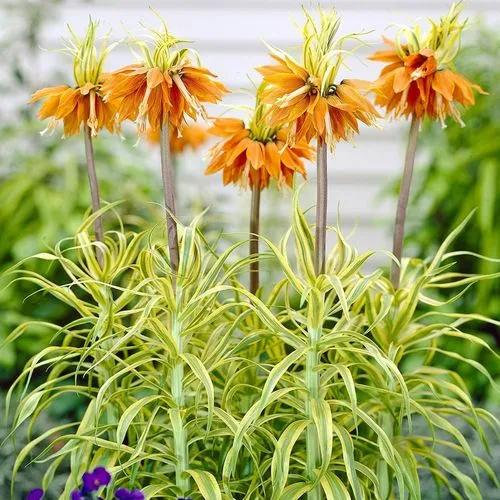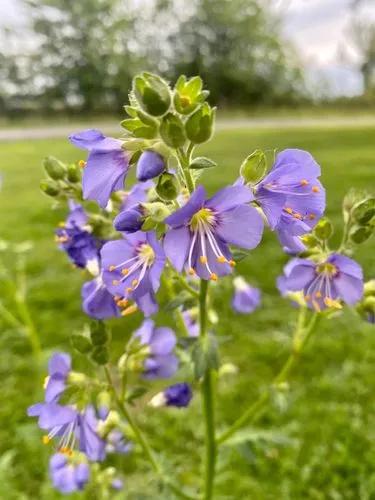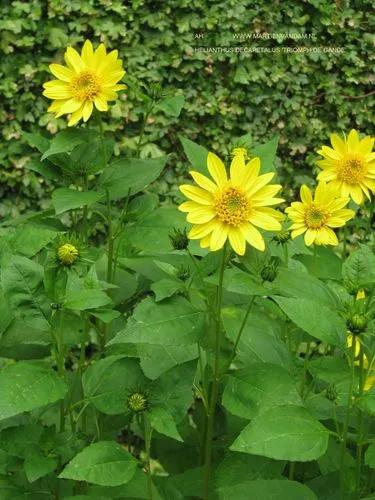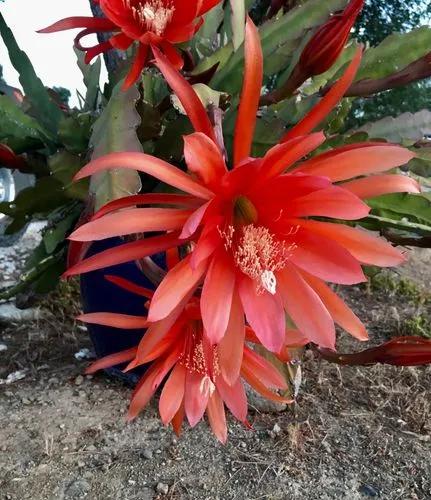Buxus harlandii, commonly known as Harland boxwood, is a small, bushy, multi-stemmed broadleaf evergreen shrub with a rounded vase-shaped form. It typically grows to 2-3’ (infrequently to 5’) tall and as wide. It is native to southern China where it is often found growing in open wooded areas and stream margins. Bright green leaves are oblanceolate to obovate-oblong (to 1.25” long). Each leaf has an indentation at the leaf tip. Fragrant pale yellow flowers bloom in April–May. Staminate flowers are stalked but pistilate ones are sessile. Attractive white trunk accents.
Harland Boxwood Care
Buxus Harlandii
Other names: +



Winter hardy to USDA Zones 7-9 where it is easily grown in evenly moist but well-drained loams (e.g., sand-clay mixture) in full sun to part shade. Plants will grow well in a variety of part shade situations, including open sun-dappled conditions or light shade with several hours of morning sun or early afternoon sun. When grown in full sun, plant foliage is more likely to bronze in winter. Limited cold tolerance. Established plants have some drought tolerance. Should be grown in a protected location sheltered from strong winds in the northern parts of Zone 7 where it is marginally winter hardy. Winter winds can remove moisture from leaves at a rapid rate, often resulting in dehydration and bronzing. True species may be winter hardy to Zone 8, but B. harlandii of gardens (form of B. microphylla - see below) may have slightly better winter hardiness. Plants prefer soils with a pH of slightly acidic to slightly alkaline. Plants are generally tolerant of pruning and shearing. Pruning should never be done prior to the last spring frost date. Pruning too early in spring often promotes tender new growth that may be damaged or killed by a late spring frost. Avoid cultivating around plants because they have shallow roots. Roots appreciate a good organic (e.g., bark or compost) mulch (1-2” thick). Thin plants and remove dead/damaged branches annually to improve air circulation. Carefully remove heavy snow accumulations as quickly as practicable to minimize stem/branch damage.
How to Care for the Plant

Popularity

70 people already have this plant 9 people have added this plant to their wishlists
Discover more plants with the list below
Popular articles






